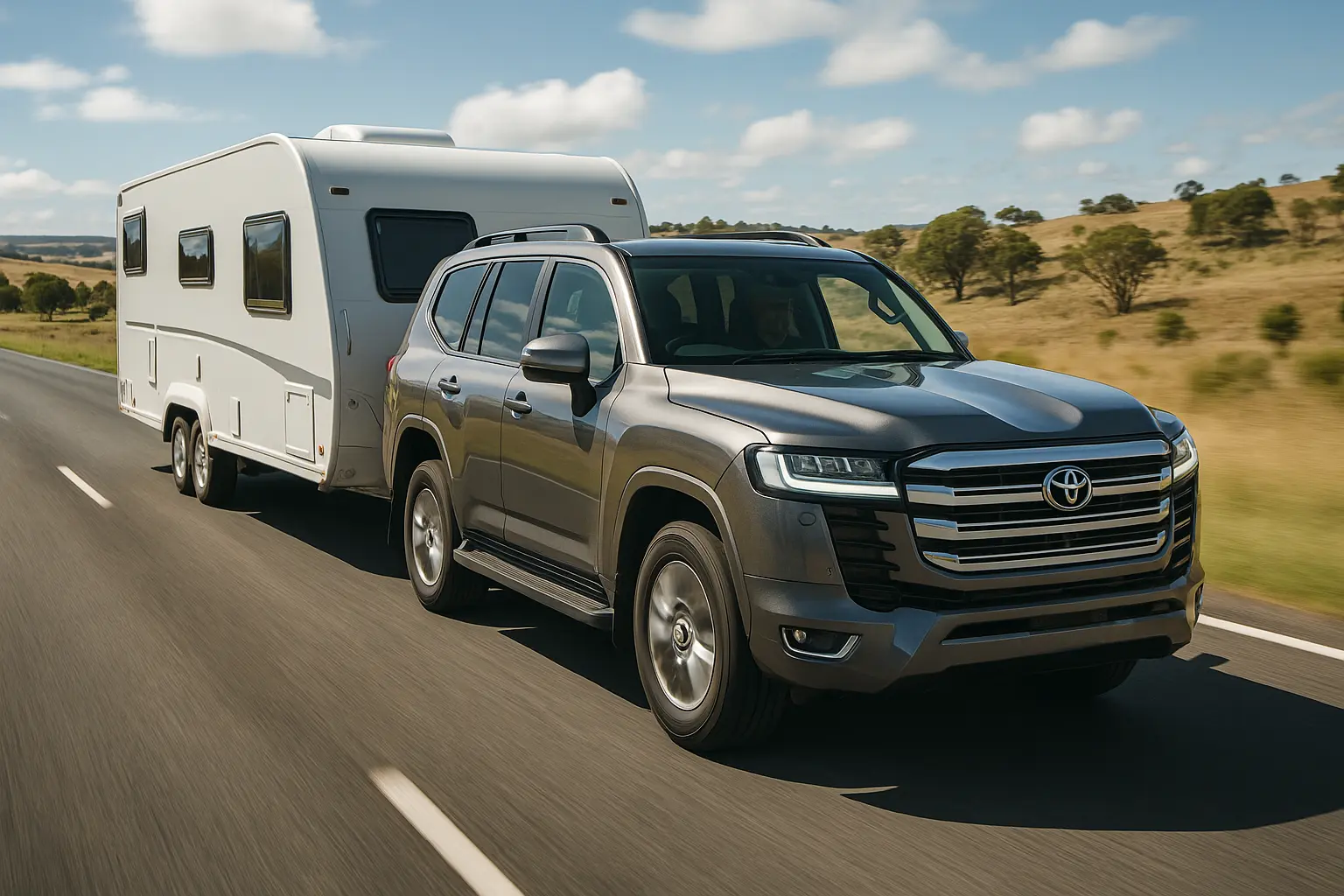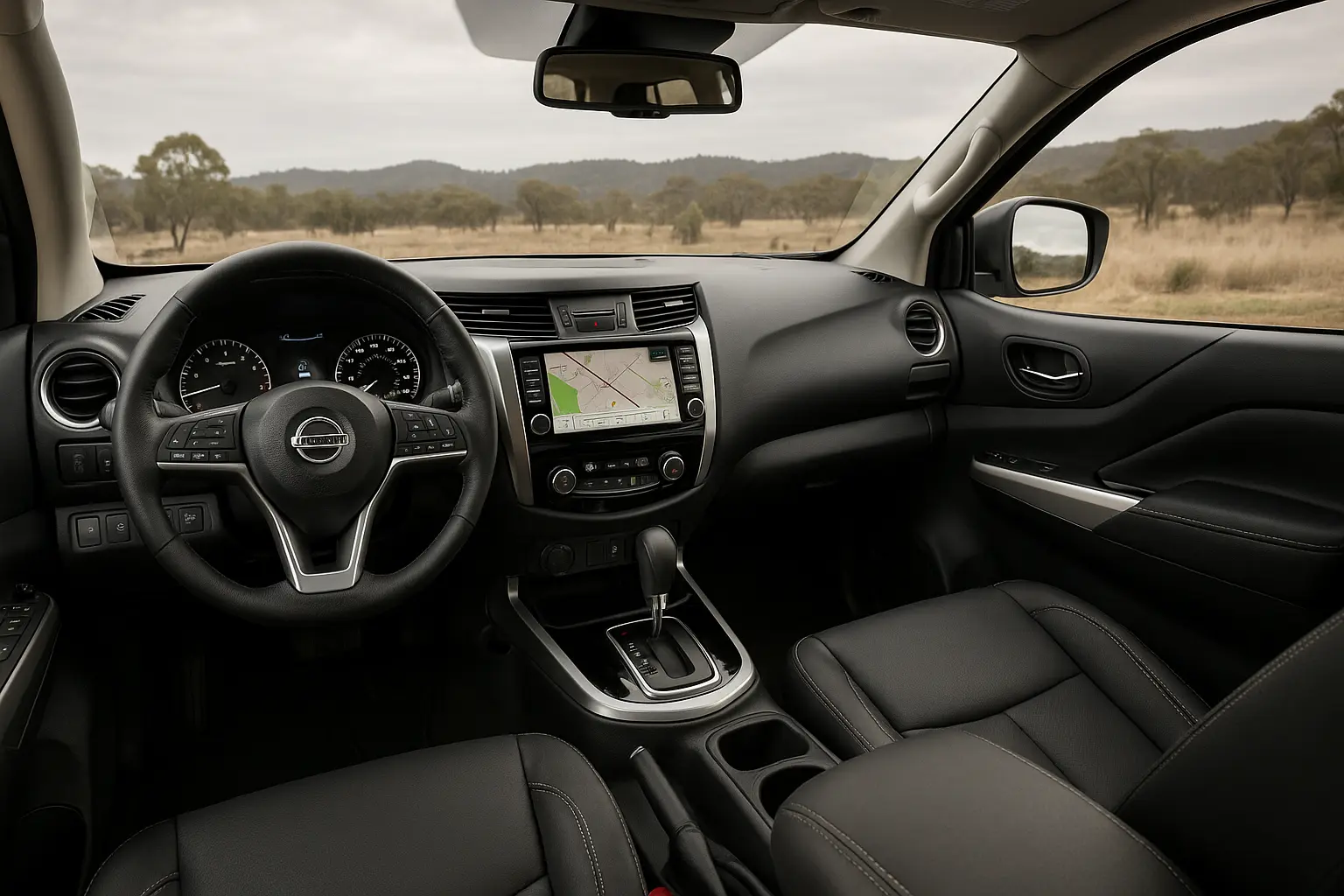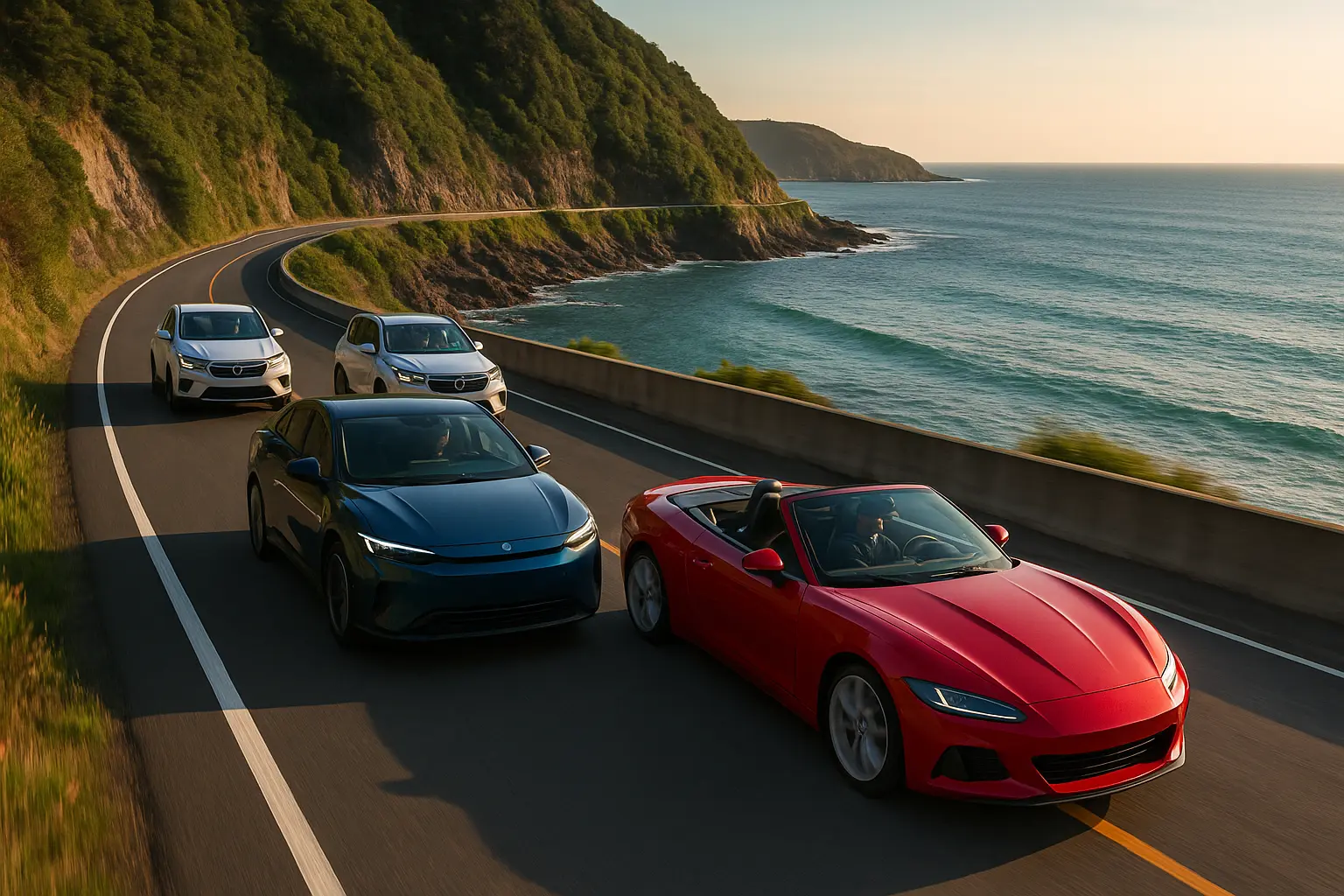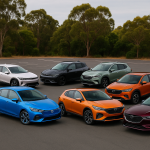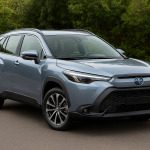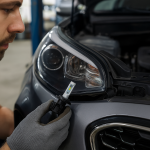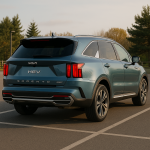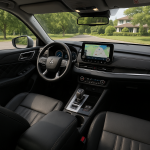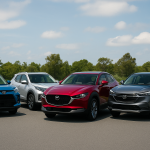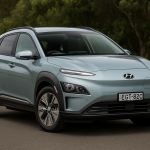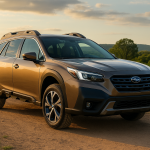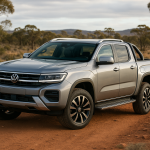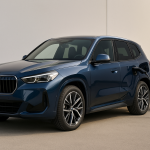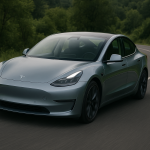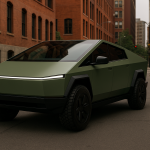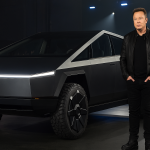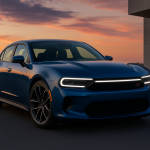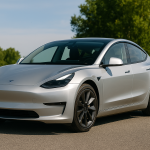Australia is a country built for big drives and bigger loads. Whether it’s hauling a caravan along the Stuart Highway, towing a boat down to the Gold Coast, or pulling a horse float through regional NSW, Aussies rely heavily on cars that can tow confidently. Not every car is cut out for the job. Towing capacity, engine power, stability, safety technology, and reliability all play a crucial role in choosing the right vehicle.
This guide explores the top cars for towing in Australia in 2025, covering utes, SUVs, and 4x4s. We’ll break down their strengths, towing capacities, fuel options, and what makes them reliable partners for Aussie towing needs.
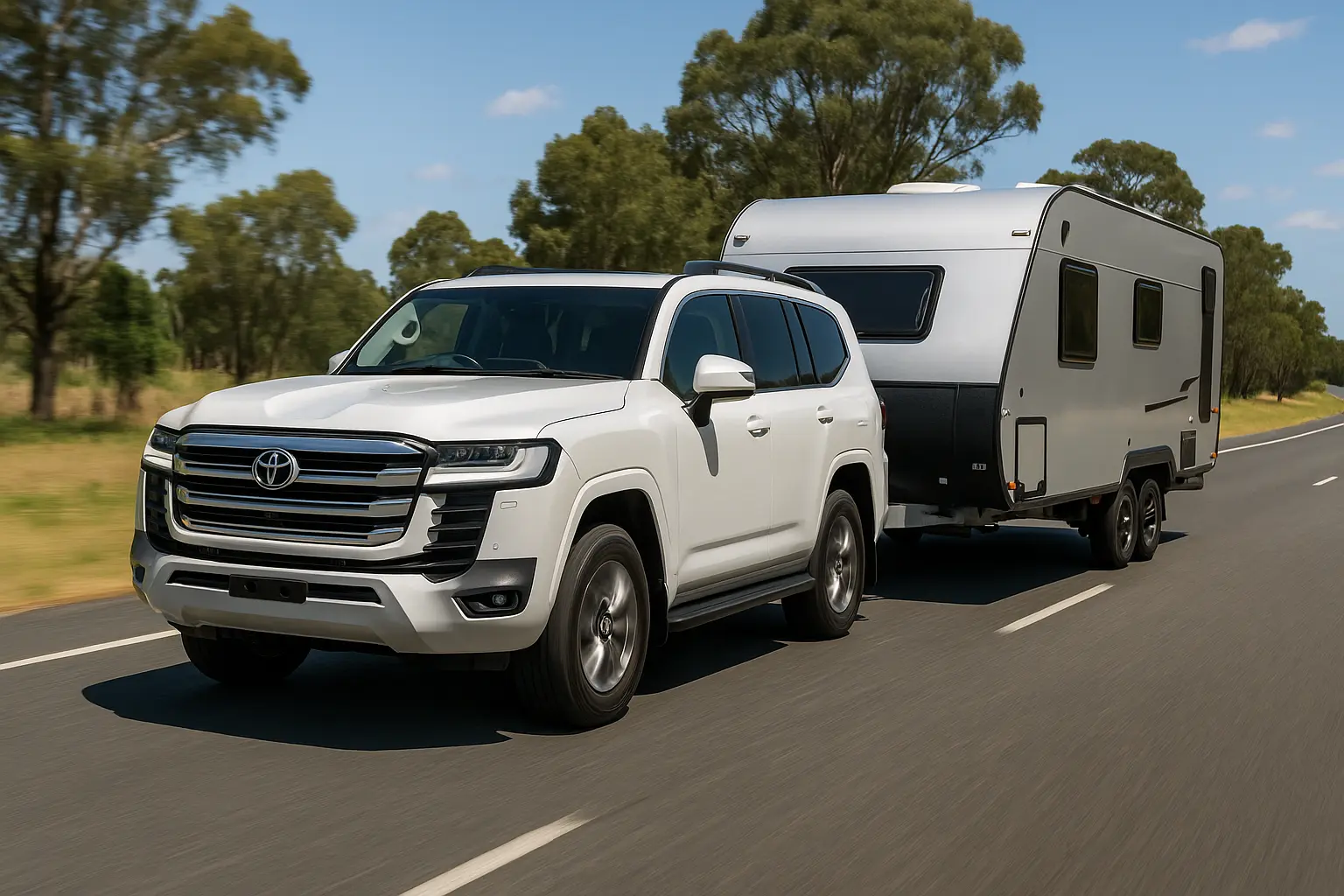
Key Considerations Before Choosing a Tow Vehicle
Towing Capacity
The most important factor is how much weight your vehicle can legally and safely tow. This includes both the braked towing capacity (with trailer brakes) and unbraked towing capacity. In Australia, most serious tow vehicles boast up to 3,500kg braked capacity.
Gross Combination Mass (GCM)
GCM is the maximum weight of the vehicle plus the trailer combined. It’s vital to know this figure, especially if you plan to load up passengers and gear along with a heavy caravan.
Torque and Power
High torque, particularly at low RPM, is essential for pulling heavy loads without straining the engine. Diesel engines are traditionally preferred due to their strong torque delivery.
Transmission and Cooling
Automatic transmissions with dedicated tow modes are becoming the standard. Additional cooling systems for both engine and transmission ensure reliability on long hauls.
Safety and Stability
Modern cars come with trailer sway control, adaptive cruise, and advanced braking systems. These features make towing much safer, especially on Australia’s varied roads — from highways to gravel backroads.
Fuel Efficiency
Towing is thirsty work. Diesel vehicles are typically more efficient under heavy loads, but hybrids and even EVs are entering the towing conversation in Australia.
The Best Utes for Towing in Australia
Toyota LandCruiser 300 Series
The LandCruiser remains the king of towing in Australia. With a 3.5-tonne towing capacity, a strong twin-turbo V6 diesel, and legendary reliability, it’s a favourite for caravan owners. The LandCruiser’s robust chassis, advanced 4x4 system, and stability control make it unbeatable for long-haul touring.
Ford Ranger & Ranger Raptor
The Ford Ranger has become Australia’s most popular ute for good reason. Offering up to 3,500kg towing capacity, multiple engine choices (including a V6 diesel), and advanced towing tech, it’s ideal for both work and recreation. The Ranger Raptor, while more performance-focused, still provides serious towing muscle with a sportier edge.
Toyota HiLux
The HiLux may not always match the Ranger in refinement, but it’s a proven workhorse. With 3.5-tonne towing ability and Toyota’s reputation for durability, it’s a top choice for rural Aussies who need reliability above all.
Isuzu D-MAX
Praised for its durability, the D-MAX comes with a 3.5-tonne rating and a strong 3.0-litre turbo-diesel. It’s simple, tough, and well-suited for those who want a no-nonsense tow vehicle that won’t let them down.
Mazda BT-50
Sharing DNA with the Isuzu D-MAX, the BT-50 adds Mazda’s styling and comfort. With the same 3,500kg towing rating, it’s a solid option for those wanting something dependable with a bit more refinement.
Nissan Navara
While not the segment leader, the Navara’s 2.3-litre twin-turbo diesel offers decent towing grunt. It’s best suited for mid-range towing duties but shines in ride comfort thanks to its coil-spring rear suspension.
The Best SUVs for Towing in Australia
Ford Everest
Built on the Ranger platform, the Everest combines SUV comfort with serious towing ability. With 3,100–3,500kg capacity depending on spec, and excellent safety features, it’s a strong family-friendly tow option.
Toyota Prado
The Prado offers 3,000kg towing and Toyota’s trademark reliability. While not as powerful as the LandCruiser 300, it’s a great compromise between capability and everyday usability.
Isuzu MU-X
Like the D-MAX, the MU-X brings toughness and 3.5-tonne towing strength. It’s a practical family SUV that’s especially popular with caravan owners looking for long-haul dependability.
Land Rover Defender
The modern Defender blends luxury with capability. With 3,500kg towing ability, powerful engines, and off-road prowess, it’s ideal for those wanting comfort while towing heavy loads. However, ownership costs are higher than Japanese rivals.
Jeep Grand Cherokee
The latest Grand Cherokee is more refined than ever, with strong V6 petrol and diesel options. It’s capable of 3,500kg towing while offering a luxurious interior, making it an attractive choice for Aussie families who want both style and muscle.
Specialty Tow Vehicles
Ram 1500 & Ram 2500
For those needing even more grunt, American pickup trucks like the Ram 1500 and 2500 are gaining popularity in Australia. With towing capacities exceeding 4.5 tonnes, they’re perfect for heavy trailers and large boats. However, they come at a higher price and running cost.
Chevrolet Silverado
Another US import, the Silverado offers huge towing strength (over 4,500kg). It’s overkill for most Aussies but appeals to those who regularly tow oversized loads.
Diesel vs Petrol vs Hybrid vs EV for Towing
Diesel
Still the most popular choice for towing in Australia. Diesel engines deliver strong torque, better efficiency under load, and proven reliability.
Petrol
More powerful at times, but less fuel-efficient when towing. Petrol engines are often found in performance SUVs but aren’t the first choice for heavy caravans.
Hybrid
Hybrids like the Toyota Kluger Hybrid can tow smaller loads but are generally limited to around 2,000kg. They’re not yet ideal for serious caravanners.
Electric Vehicles
EVs like the Tesla Model X and Rivian R1T (coming to Australia) show promise. They offer instant torque, but range drops significantly when towing. The lack of charging infrastructure in remote Australia makes them less practical for long-haul towing in 2025.
Safety Features to Look For in a Tow Vehicle
- Trailer Sway Control: Detects and reduces trailer sway automatically.
- Tow/Haul Modes: Adjusts transmission and engine mapping for heavy loads.
- Integrated Trailer Braking: Provides better stopping power.
- Adaptive Cruise with Trailer Recognition: Maintains safe distance even when towing.
- Reversing Cameras with Trailer Assist: Simplifies hitching and reversing.
Tips for Safe and Efficient Towing in Australia
- Always know your vehicle’s limits — never exceed GVM, GCM, or towing capacity.
- Balance your trailer load correctly (about 10% of total weight on the tow ball).
- Consider installing a weight distribution hitch for caravans.
- Regularly service brakes, tyres, and suspension when towing often.
- Plan fuel stops, especially in rural and outback areas.
Future of Towing in Australia
As EVs and hybrids become more common, the towing landscape will change. While diesel is still king in 2025, improvements in battery tech and charging infrastructure may soon make electric tow vehicles practical for Aussie conditions. Companies like Rivian and Ford (with the F-150 Lightning) are already proving EVs can tow — it’s only a matter of time before Australia catches up.
Conclusion
When it comes to towing in Australia, the Toyota LandCruiser 300, Ford Ranger, Isuzu D-MAX, and Ford Everest remain standout choices for reliability and capability. For those needing serious power, American imports like the Ram 1500 and Chevrolet Silverado deliver unmatched muscle.
The right tow vehicle depends on your load, lifestyle, and budget — but with today’s options, Aussie drivers can find a reliable match whether they’re towing a caravan across the Nullarbor, a boat to Sydney Harbour, or a work trailer around town.
Leave a comment
Your email address will not be published. Required fields are marked *


